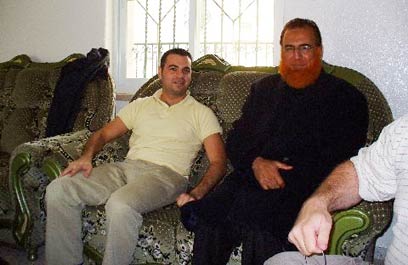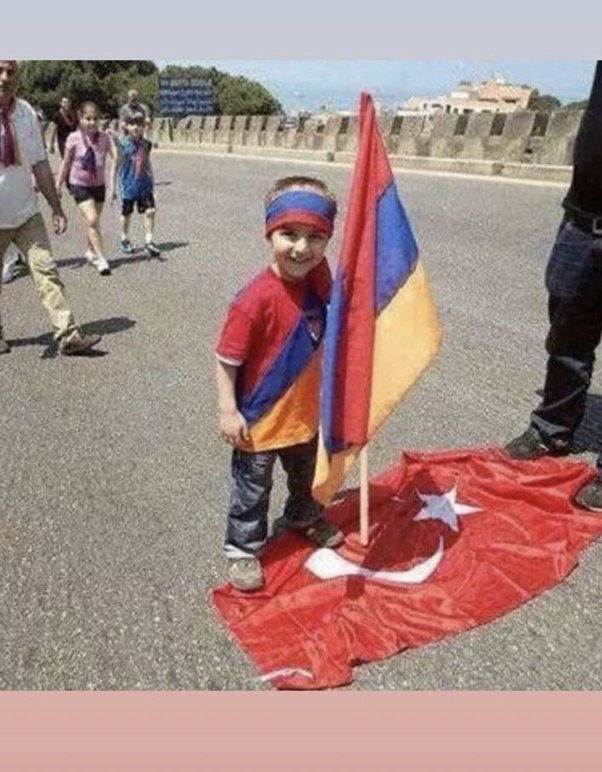| Infection control experts are scrambling to respond to outbreaks of swine flu in Mexico and the US, and suspected cases elsewhere.
HOW SWINE FLU OUTBREAK EMERGED
 - Flu viruses mutate over time causing small changes to proteins on their surface called antigens. If the immune system has met particular strain of the virus before it is likely to have some immunity; but if the antigens are new to the immune system, it will be weakened. The flu currently making headlines is a strain of H1N1 influenza A virus, which affects birds, some mammals and humans.
 - The influenza A virus can mutate in two different ways; antigenic drift, in which existing antigens are subtly altered, and antigenic shift, in which two or more strains combine. Antigenic drift causes the slight mutations year on year in the flu strains that normally affect humans. As a result humans have partial, but not complete, immunity. By contrast, the new strain of H1N1 appears to have originated via antigenic shift in Mexican pigs.
 - The name “swine flu” is a slight misnomer as it is believed pigs acted as a mixing pot for several flu strains, containing genetic material from pigs, birds and humans. Some of the antigens involved in the new strain have never been seen by the immune systems of almost all humans, so the new strain has the potential to cause a pandemic.
 - The new virus has made the jump from pigs to humans and has demonstrated it can pass quite easily from human to human. This is why it is demanding so much attention from worldwide health authorities. The virus passes from human to human like other types of flu, either through coughing, sneezing, or by touching infected surfaces. However, not much else is yet known about how the virus acts on humans.
BACK 1 of 4 NEXT
What is swine flu?
Swine flu is a respiratory disease, caused by influenza type A which infects pigs.
There are many types, and the infection is constantly changing.
Until now it has not normally infected humans, but the latest form clearly does, and can be spread from person to person – probably through coughing and sneezing.
What is new about this type of swine flu?
The World Health Organization has confirmed that at least some of the human cases are a never-before-seen version of the H1N1 strain of influenza type A.
|
SWINE FLU Symptoms usually similar to seasonal flu – but deaths recorded in Mexico It is a new version of the H1N1 strain which caused the 1918 flu pandemic Too early to say whether it will lead to a pandemic Current treatments do work, but there is no vaccine Good personal hygiene, such as washing hands, covering nose when sneezing advised |
H1N1 is the same strain which causes seasonal outbreaks of flu in humans on a regular basis.
But this latest version of H1N1 is different: it contains genetic material that is typically found in strains of the virus that affect humans, birds and swine.
Flu viruses have the ability to swap genetic components with each other, and it seems likely that the new version of H1N1 resulted from a mixing of different versions of the virus, which may usually affect different species, in the same animal host.
Pigs provide an excellent ‘melting pot’ for these viruses to mix and match with each other.
How dangerous is it?
Symptoms of swine flu in humans appear to be similar to those produced by standard, seasonal flu.
These include fever, cough, sore throat, body aches, chills and fatigue.
Most cases so far reported around the world appear to be mild, but in Mexico lives have been lost.
How worried should people be?
When any new strain of flu emerges that acquires the ability to pass from person to person, it is monitored very closely in case it has the potential to spark a global epidemic, or pandemic.
|
FLU PANDEMICS 1918: The Spanish flu pandemic remains the most devastating outbreak of modern times. Caused by a form of the H1N1 strain of flu, it is estimated that up to 40% of the world’s population were infected, and more than 50 million people died, with young adults particularly badly affected
1957: Asian flu killed two million people. Caused by a human form of the virus, H2N2, combining with a mutated strain found in wild ducks. The impact of the pandemic was minimised by rapid action by health authorities, who identified the virus, and made vaccine available speedily. The elderly were particularly vulnerable
1968: An outbreak first detected in Hong Kong, and caused by a strain known as H3N2, killed up to one million people globally, with those over 65 most likely to die |
The World Health Organization has warned that taken together the Mexican and US cases could potentially trigger a global pandemic, and stress that the situation is serious.
However, experts say it is still too early to accurately assess the situation fully.
Currently, they say the world is closer to a flu pandemic than at any point since 1968 – rating the threat at three on a six-point scale.
Nobody knows the full potential impact of a pandemic, but experts have warned that it could cost millions of lives worldwide. The Spanish flu pandemic, which began in 1918, and was also caused by an H1N1 strain, killed millions of people.
The fact that all the cases in the US and elsewhere have so far produced mild symptoms is encouraging. It suggests that the severity of the Mexican outbreak may be due to an unusual geographically-specific factor – possibly a second unrelated virus circulating in the community – which would be unlikely to come into play in the rest of the world.
Alternatively, people infected in Mexico may have sought treatment at a much later stage than those in other countries.
It may also be the case that the form of the virus circulating in Mexico is subtly different to that elsewhere – although that will only be confirmed by laboratory analysis.
There is also hope that, as humans are often exposed to forms of H1N1 through seasonal flu, our immune systems may have something of a head start in fighting infection.
However, the fact that many of the victims are young does point to something unusual. Normal, seasonal flu tends to affect the elderly disproportionately.
Can the virus be contained?
The virus appears already to have started to spread around the world, and most experts believe that containment of the virus in the era of readily available air travel will be extremely difficult.
Can it be treated?
The US authorities say that two drugs commonly used to treat flu, Tamiflu and Relenza, seem to be effective at treating cases that have occurred there so far. However, the drugs must be administered at an early stage to be effective.
Use of these drugs may also make it less likely that infected people will pass the virus on to others.
The UK Government already has a stockpile of Tamiflu, ordered as a precaution against a pandemic.
It is unclear how effective currently available flu vaccines would be at offering protection against the new strain, as it is genetically distinct from other flu strains.
US scientists are already developing a bespoke new vaccine, but it may take some time to perfect it, and manufacture enough supplies to meet what could be huge demand.
A vaccine was used to protect humans from a version of swine flu in the US in 1976.
However, it caused serious side effects, including an estimated 500 cases of Guillain-Barré syndrome. There were more deaths from the vaccine than the outbreak.
What should I do to stay safe?
Anyone with flu-like symptoms who might have been in contact with the swine virus – such as those living or travelling in the areas of Mexico that have been affected – should seek medical advice.
But patients are being asked not to go into doctors surgeries in order to minimise the risk of spreading the disease to others. Instead, they should stay at home and call their healthcare provider for advice.
Although the Foreign and Commonwealth Office says people “should be aware” of the outbreak, it is not currently advising people against travelling to affected areas of Mexico and the US.
What measures can I take to prevent infection?
Avoid close contact with people who appear unwell and who have fever and cough.
General infection control practices and good hygiene can help to reduce transmission of all viruses, including the human swine influenza. This includes covering your nose and mouth when coughing or sneezing, using a tissue when possible and disposing of it promptly.
It is also important to wash your hands frequently with soap and water to reduce the spread of the virus from your hands to face or to other people and cleaning hard surfaces like door handles frequently using a normal cleaning product.
If caring for someone with a flu-like illness, a mask can be worn to cover the nose and mouth to reduce the risk of transmission. The UK is looking at increasing its stockpile of masks for healthcare workers for this reason.
But experts say there is no scientific evidence to support more general wearing of masks to guard against infections.
Is it safe to eat pig meat?
Yes. There is no evidence that swine flu can be transmitted through eating meat from infected animals.
However, it is essential to cook meat properly. A temperature of 70C (158F) would be sure to kill the virus.
What about bird flu?
The strain of bird flu which has caused scores of human deaths in South East Asia in recent years is a different strain to that responsible for the current outbreak of swine flu.
The latest form of swine flu is a new type of the H1N1 strain, while bird, or avian flu, is H5N1.
Experts fear H5N1 hold the potential to trigger a pandemic because of its ability to mutate rapidly.
However, up until now it has remained very much a disease of birds.
Those humans who have been infected have, without exception, worked closely with birds, and cases of human-to-human transmission are extremely rare – there is no suggestion that H5N1 has gained the ability to pass easily from person to person.
Where can I get further advice?
Further information and advice on swine flu can be found at websites of leading health and research organisations around the world. The World Health Organisation gives background information on the virus. The UK’s Health Protection Agency advises the public about what to do if returning from an affected area. NHS Choices outlines how swine flu is different from other flu. The US government’s Centre for Disease Control is counting the number of cases in the US.
You can also track the spread of swine flu reports using unofficial sources. Healthmaps maps viruses using news reports. Social media guide Mashable lists some ways to track the virus . Links to useful websites are being shared on Twitter , the micro-blogging service.
Read answers from an expert to some of your questions on swine flu
 |
|
‘Too late’ to contain swine flu The deadly swine flu virus can no longer be contained, says a WHO official, as the health agency raises its alert level. Life at centre of outbreak Q&A: What is swine flu? How well prepared is the world? Mapping the outbreak Swine flu: Your experiences Economic im |
Print Sponsor
|



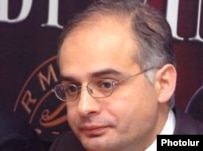
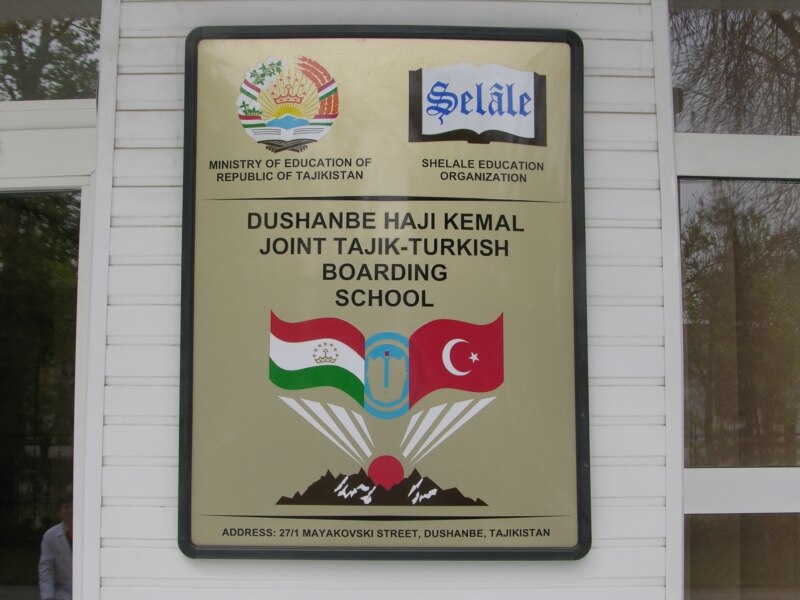

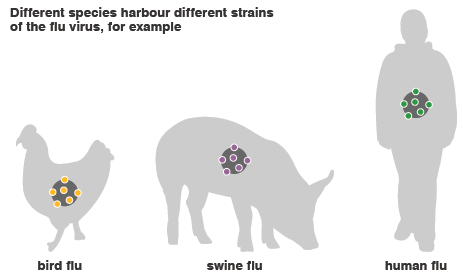





 Q&A
Q&A Eyewitness map
Eyewitness map